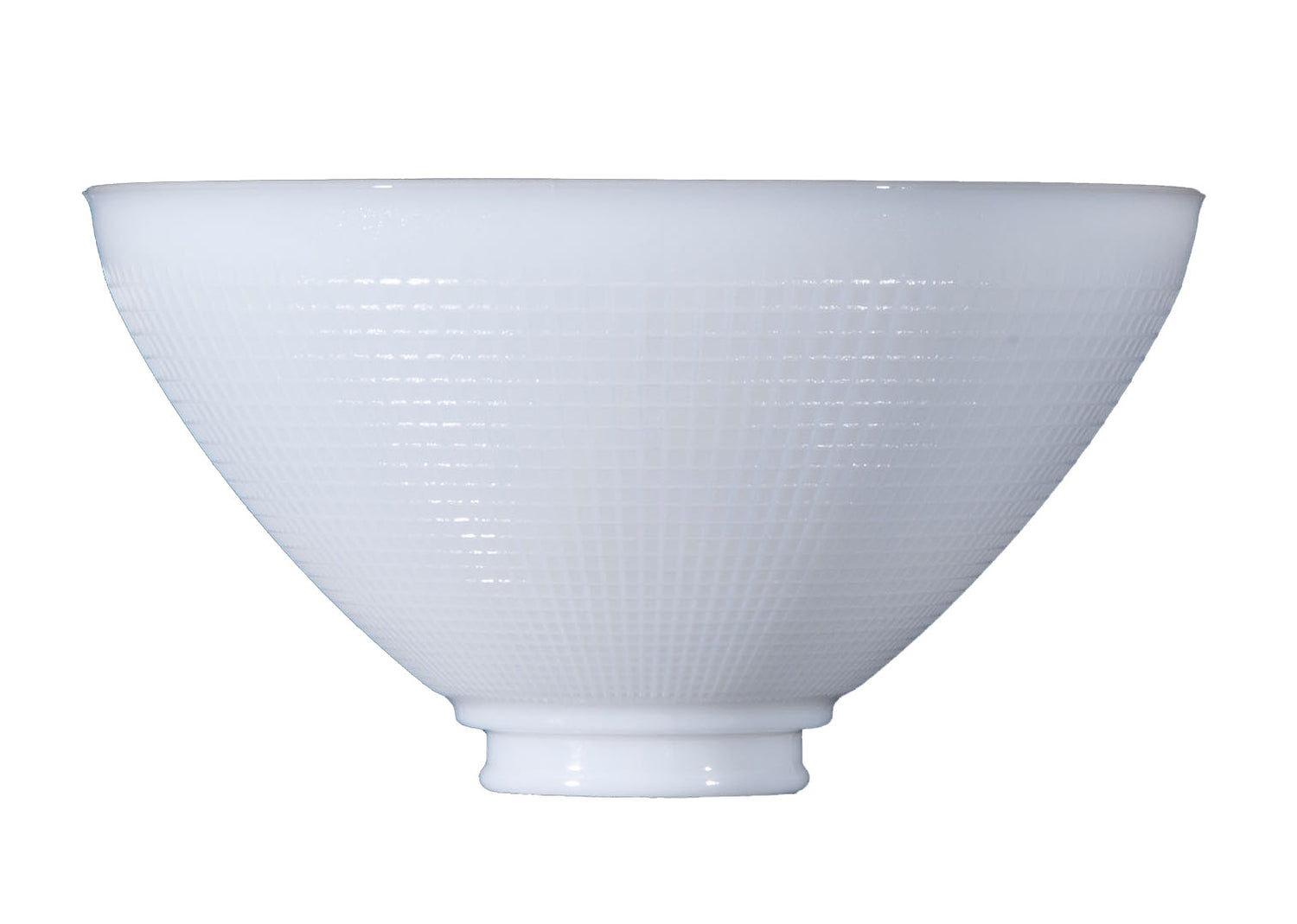History of Edison Bulbs
Lightbulbs have undergone tremendous change since the dawn of electricity. Old-fashioned light bulbs go by several names, but the Edison bulb is one that fascinates collectors and enthusiasts alike. Filament bulbs such as these give off a warm, atmospheric glow that you can look at directly without hurting your eyes. In modern design, Edison bulbs are often used bare in order to add a vintage ambiance to a room. You might know what they look like, but what sets these filament lightbulbs apart from contemporary incandescent bulbs? In this guide, we take an in-depth look at the history of the Edison bulb and further examine the circumstances of its creation.
History of Edison Bulbs
Contrary to popular belief, the electric light was not conceived in the traditional sense by Thomas Alva Edison. By the time Edison began experimenting with light bulbs, the general concept and science for the incandescent bulb was set in motion by a glass bulb that was evacuated of oxygen and housed a filament of carbonized material that could glow without burning when electrified. More than a dozen scientists laid the groundwork for Edison's design in the century leading up to his success. In fact, British inventors demonstrated that constant electric light was possible with the arc lamp back in 1835. This first example of electric light and all the filament bulbs that followed had short lifespans and were too expensive for anyone to afford, even the wealthy.
Some of the most prominent scientists to create a prototype to Edison's bulb as we know it today included Albon Man, Joseph Swan, and William Sawyer. Swan published his research on incandescent lighting and filed a patent in 1880, at about the same time as Edison. The British chemist and physicist sued Edison for patent infringement. The courts ruled in Swan's favor and granted him a partnership in Edison's electric light company. Though both Edison and Swan based their incandescent prototypes on the experimentations of previous designs, Edison's bulb had a better vacuum pump. Edison's team of researchers at his laboratory in Menlo Park designed a bulb with carbonized bamboo instead of cotton, which allowed it to last up to 1,200 hours of continuous light. By 1882, Edison began implementing electric lighting in an array of buildings throughout the financial district of New York City.
The next major advancement in incandescent lighting came at the turn of the twentieth century when scientists found that tungsten lasted longer than carbonized filament materials. Carbon has the highest melting point of any element, but the temperature of a carbon filament lamp must be kept relatively low to avoid evaporation or darkening. Though Edison experimented in fluorescence, he never achieved commercial production. An electrical engineer known as Peter Cooper Hewitt created a blue-green light by passing an electric current through mercury vapor and employing a ballast to regulate the flow of current through the tube. All these advancements contributed to the efficiency of the first practical incandescent bulb, influencing urban development and accelerating the economy. Within a couple decades, millions of people had access to electrical lighting in their own homes.
Many of the incandescent bulbs we use today are fundamentally identical to those developed by Edison back in the nineteenth century. Most reproduced Edison bulbs look slightly different because they feature a stretched filament that's formed into tight, squiggly lines or shapes. Edison bulbs are available in a wide variety of sizes, which allows businesses and design enthusiasts to use them in imaginative ways. Edison-style light bulbs offer the same energy efficiency of LED lighting with a design that emits less light than a regular bulb. These iconic bulbs come in several designs. Straight bulbs feature an exposed-filament look to preserve the aged charm of incandescence. Quadruple loop bulbs feature a spiral filament look and dark-colored glass to maximize the vintage appeal of an exposed light fixture. Squirrel cage bulbs produce a soft, warm glow that looks stylish in pendants or decorative displays.
Nevertheless, incandescent lights are slowly losing their charm due to inefficiency and power consumption. Instead, governments and other organizations are committing to compact fluorescent lamps. Though CFL bulbs can save on energy, Edison-style bulbs serve an aesthetic purpose. We offer a variety of Edison-style bulbs for lamp restoration purists that prefer early electric fixtures. If you have any questions or would like assistance in selecting the right replacement parts for your vintage lamp, please contact us today for additional information.

